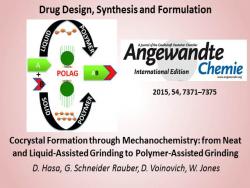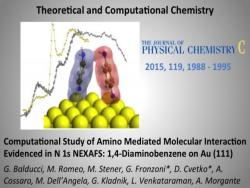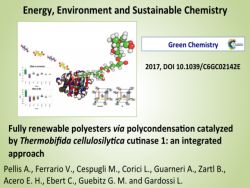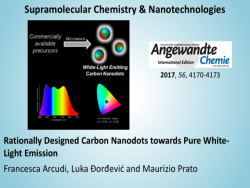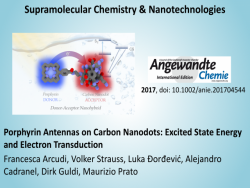Atmospheric aerosols and thermal processes
The APM group studies origin and fate of primary and secondary airborne organic and inorganic particulates at the micron and submicron scales; outdoor and indoor environments are considered, and thermal and mechanical processes from civil, industrial and biogenic sources. Oxidative, hydration and radical processes in airborne systems are considered, leading to modify the composition of condensed phases .
Sampling systems with size selective impactors are used to assess immissions in the environment while isokinetic sampling is applied for stack emission characterization. Inorganic ions, elements and organic micropollutants are analysed by atomic spectrometries, IC, GC-MS and by spectromicroscopies. A dilution tunnel useful for studying PM emitted from small size combustion systems is available. Optical particle counters help in sample dimensional characterizations. All approaches can be applied to assess and optimize technologies that have impacts on both health and climate change.
Research Group
| Atmospheric aerosols Group |


